First, it is necessary to understand what an MPPT charge controller is and why it is needed. It is a part of a solar power station and performs a very important function. For example, there are solar panels and batteries in a solar power system. A cable is used to transmit direct current voltage between the panels and batteries. It can be 12, 24, 36, 48 volts, or other values.
The charge controller takes any of these values and converts them into a direct current that is necessary for high-quality battery charging. Since the current from the panel is not uniform due to the fact that the sun does not always shine equally brightly, clouds may appear, or the sky may be densely covered with clouds, the controller precisely adjusts all of these values. In addition, the MPPT function can even add more power than what comes from the panels.
I bought this MPPT controller for solar power station here
Next, the controller replenishes the battery charge to the values set by you, and when the desired voltage is reached, it stops intensive charging and remains on the maintenance function to prevent overcharging and damage to the batteries.
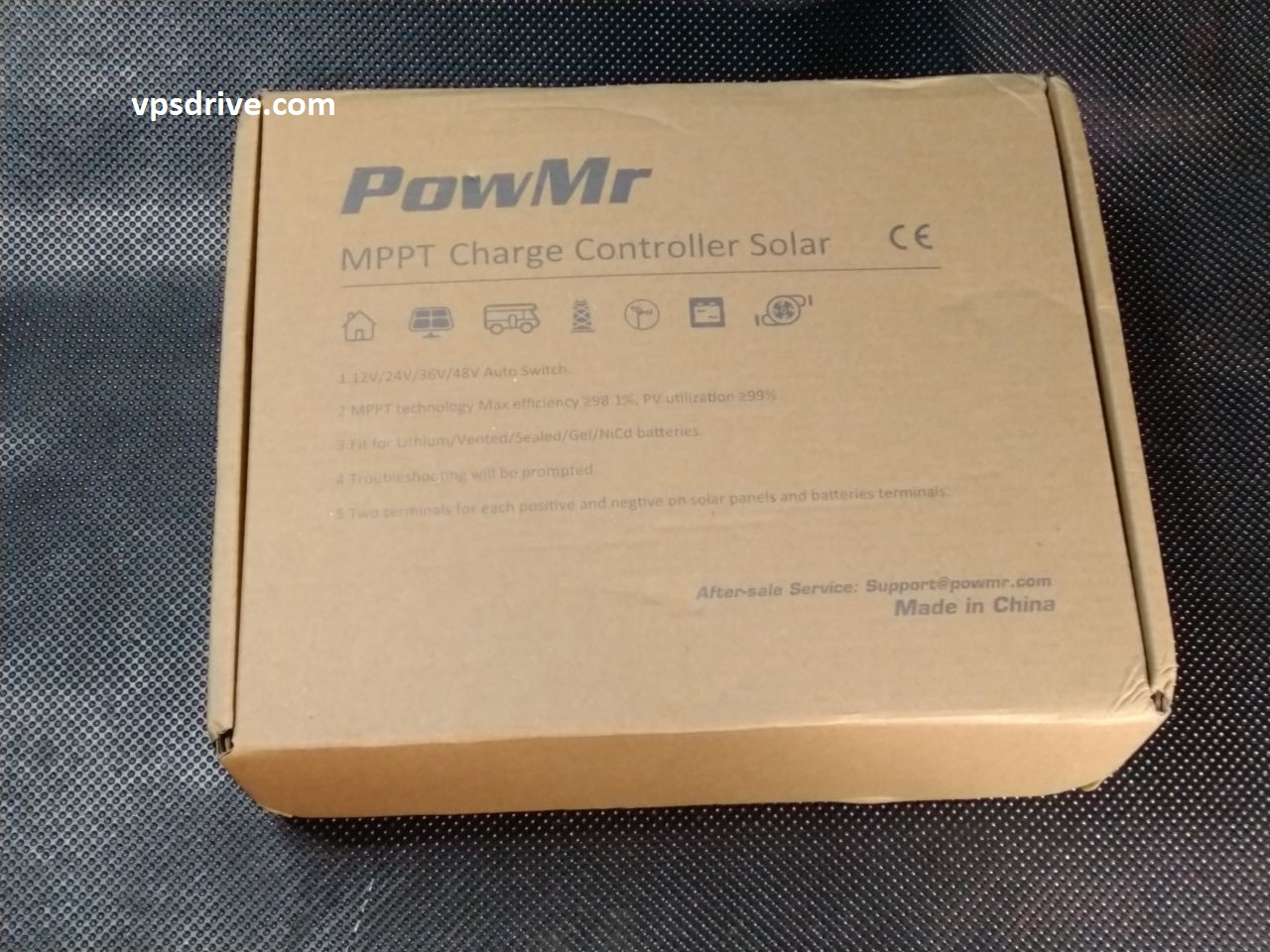
In summary, an MPPT controller manages the charging of batteries from solar panels. It aligns the current, which is not uniform from the panels, and adds power if necessary. After the battery charge reaches the set values, the controller stops intensive charging and switches to the maintenance function to maintain the specific values, preventing overcharging.
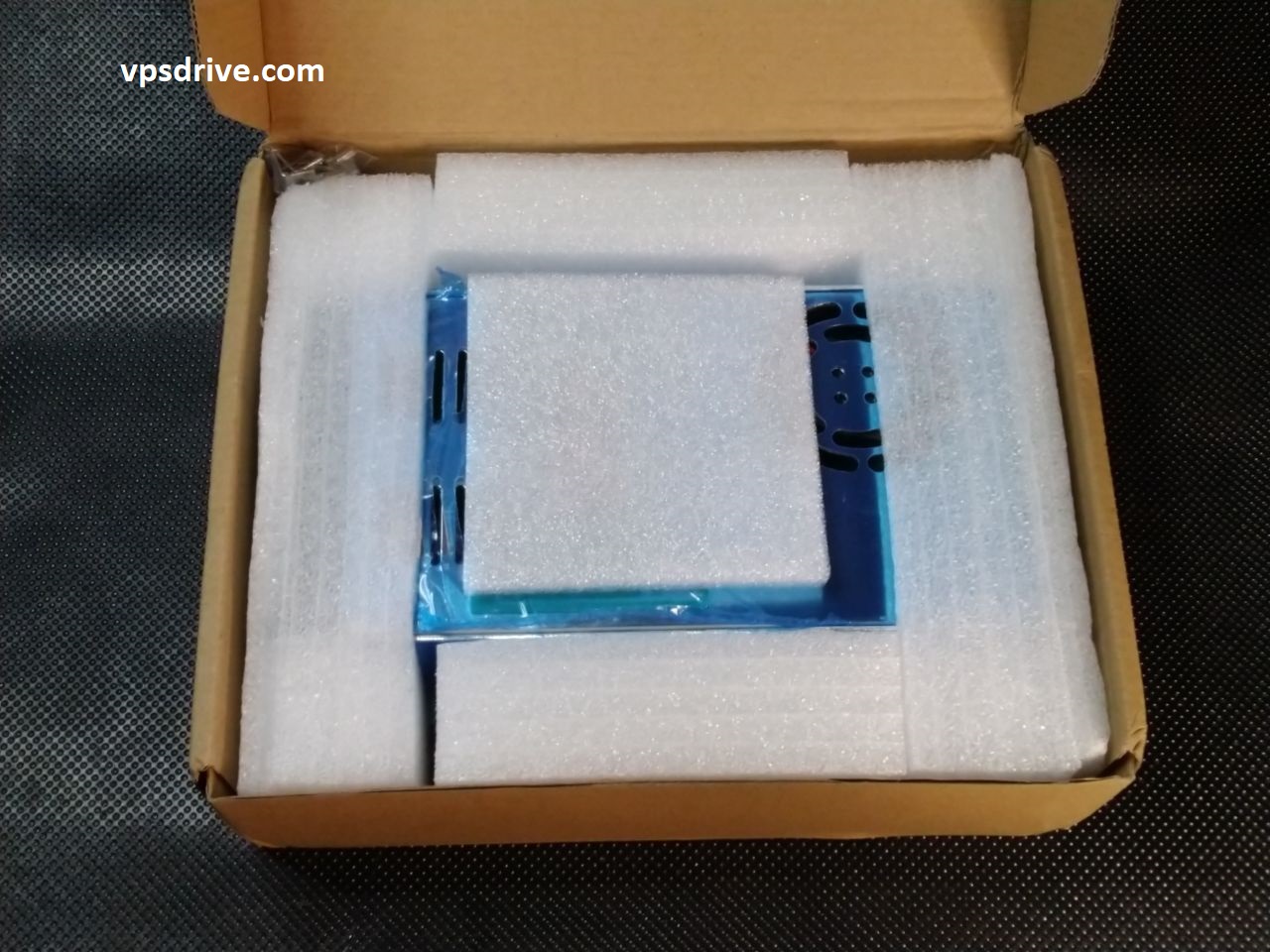
The device itself is sent in a good box, additionally protected by soft material, which is laid on all sides of the case.
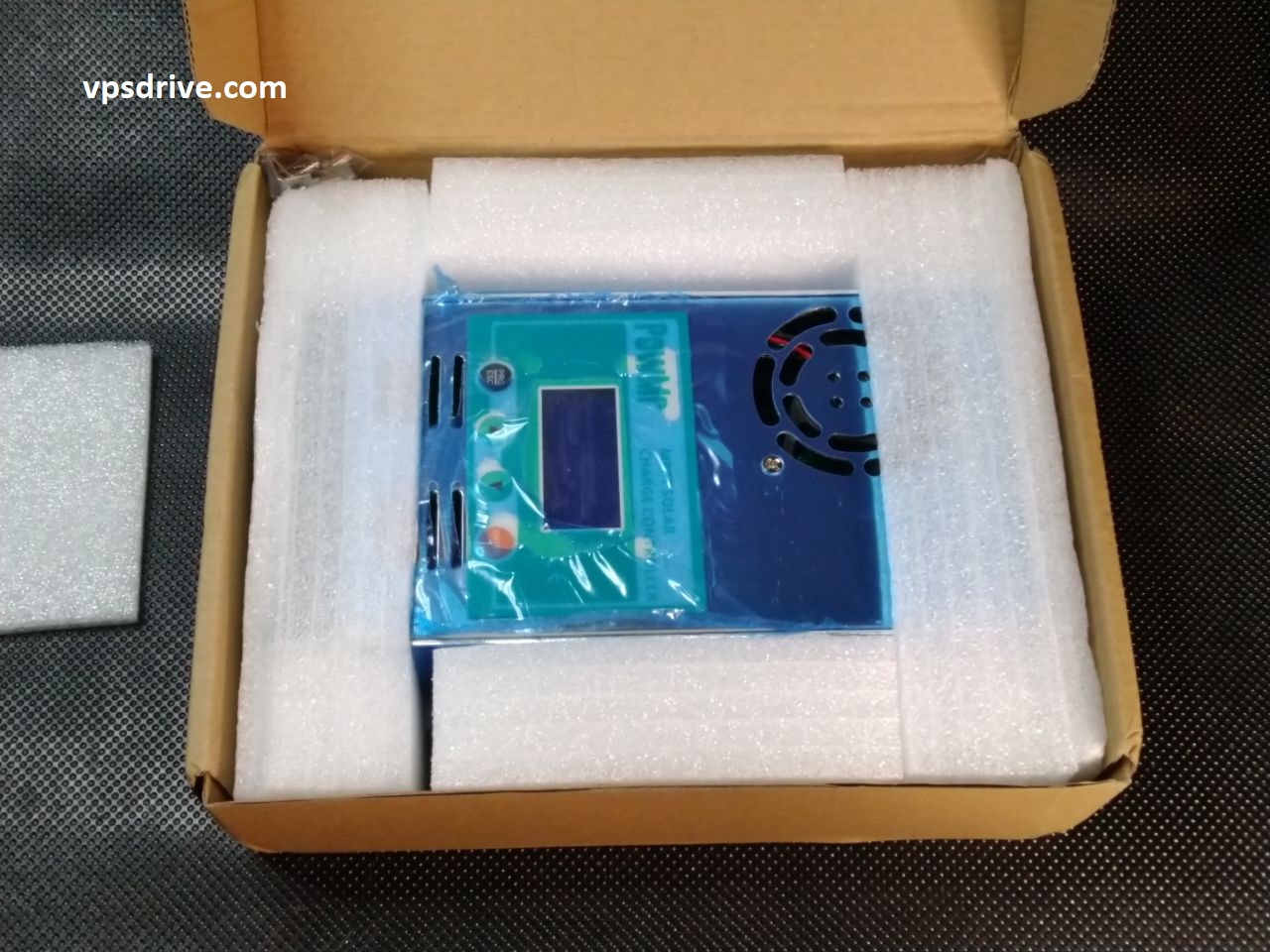
The box also includes instructions for using the device and a mounting for the case.
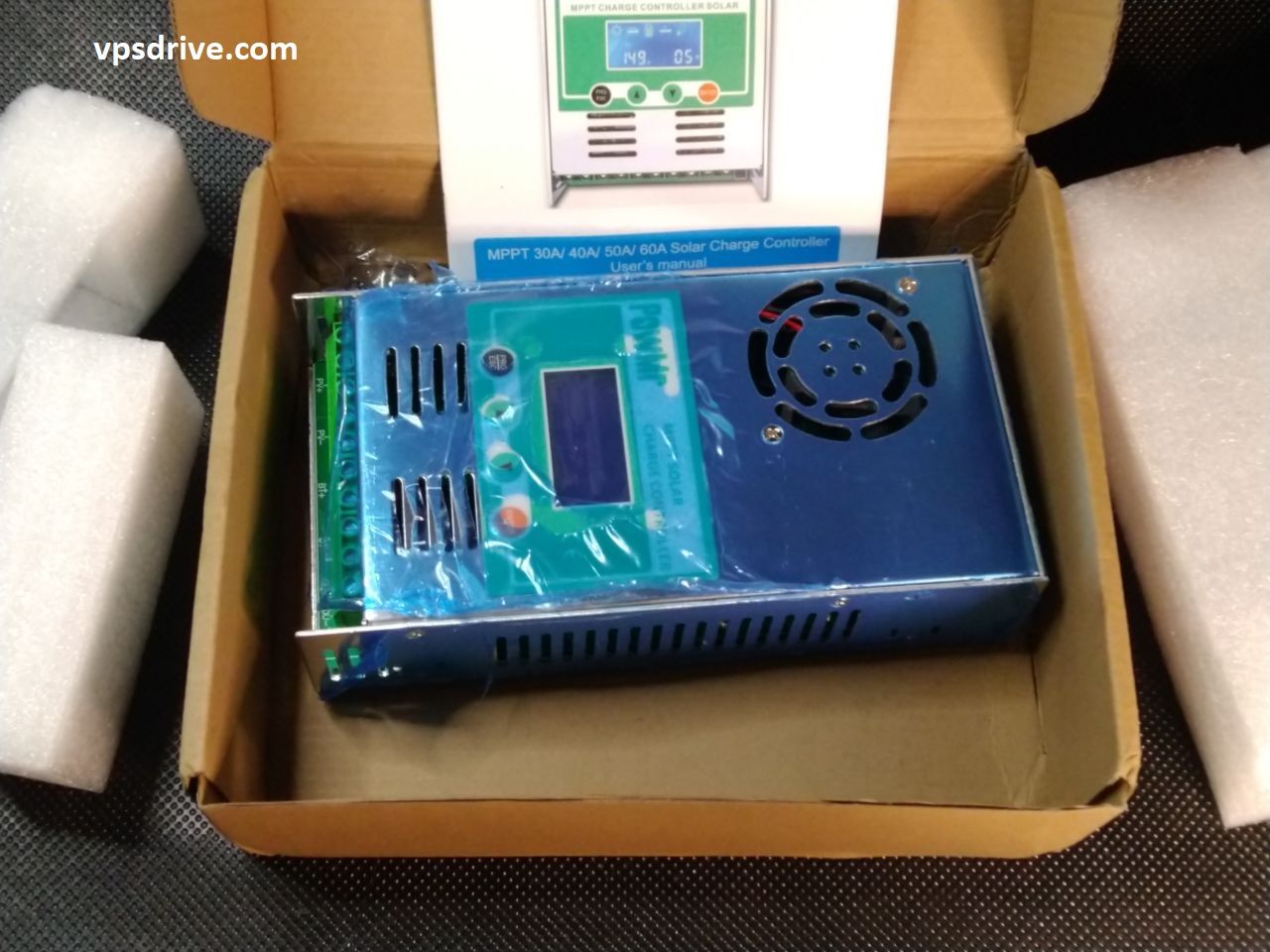
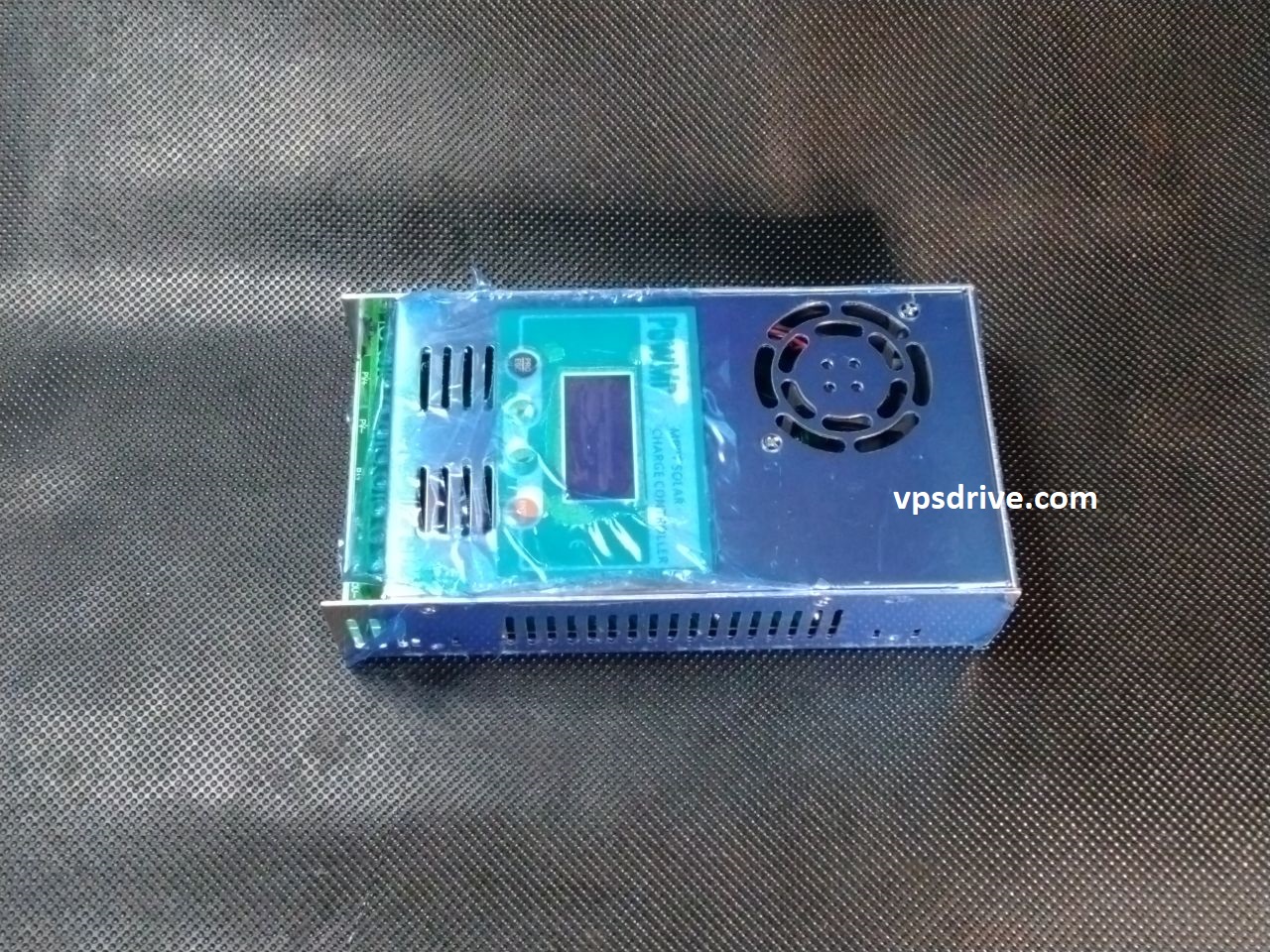
The technical specifications, model and name of the device, as well as the power, voltage and current it can withstand, are indicated on the back cover.
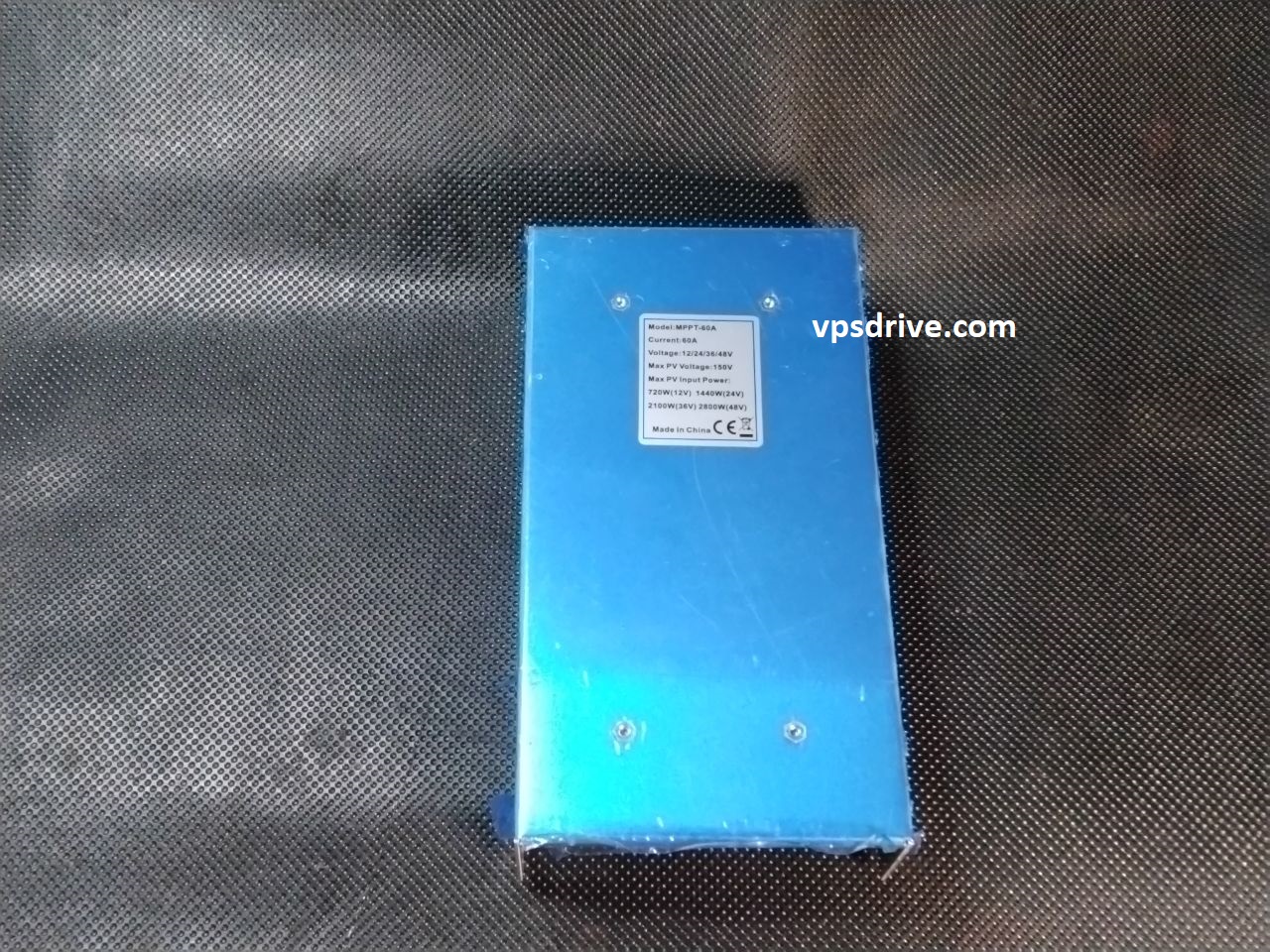
The metal heavy casing of the device is covered with a protective dense film.
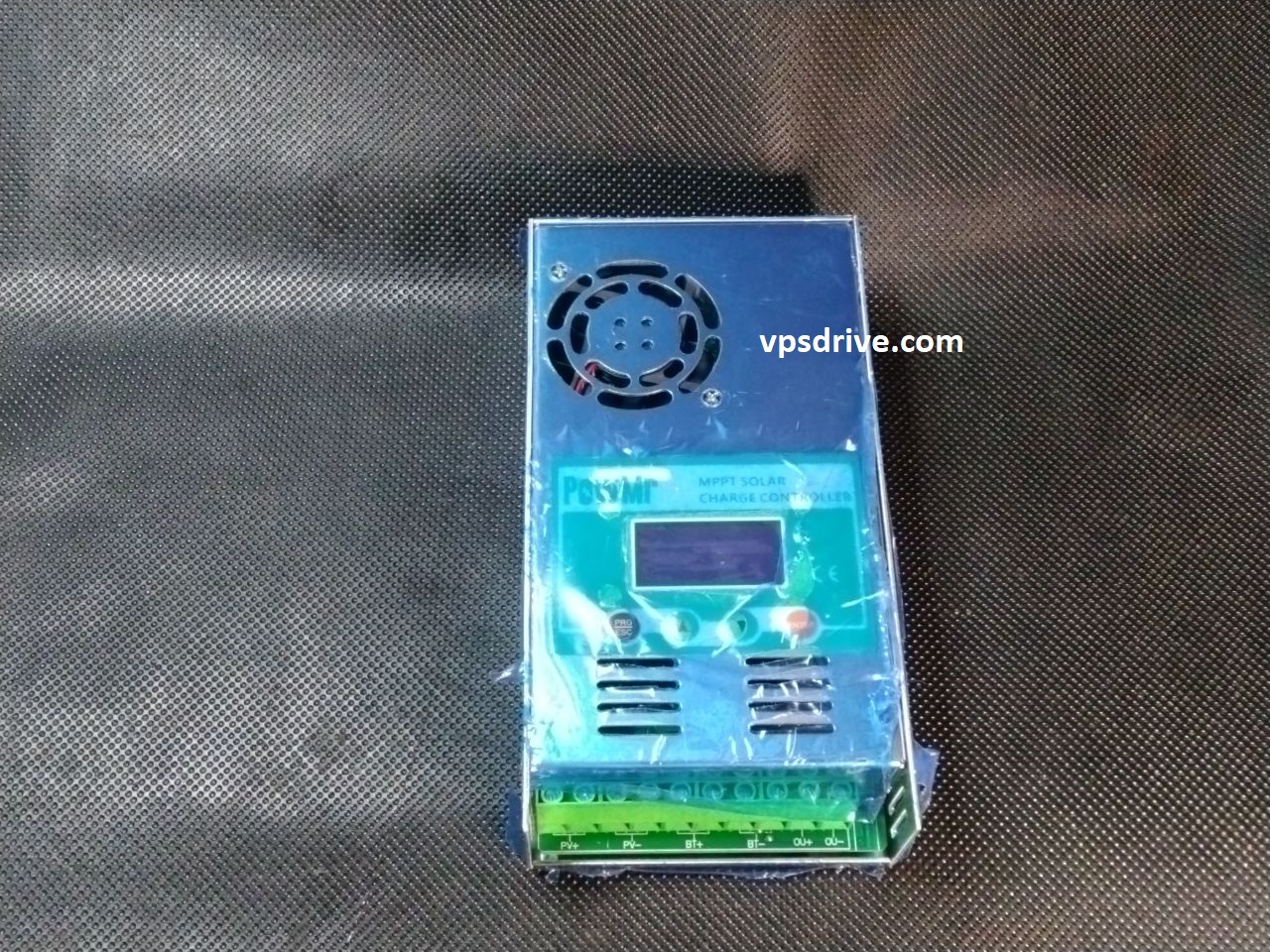
The front panel of the device's casing features a display, control buttons, and a fan for cooling the board and internal components. The menu allows you to view the voltage and power from the panels, the battery charge level, any errors, and set your desired values. For example, you can choose which type of battery will be connected, such as lead-acid, lithium, or LiFePO4.
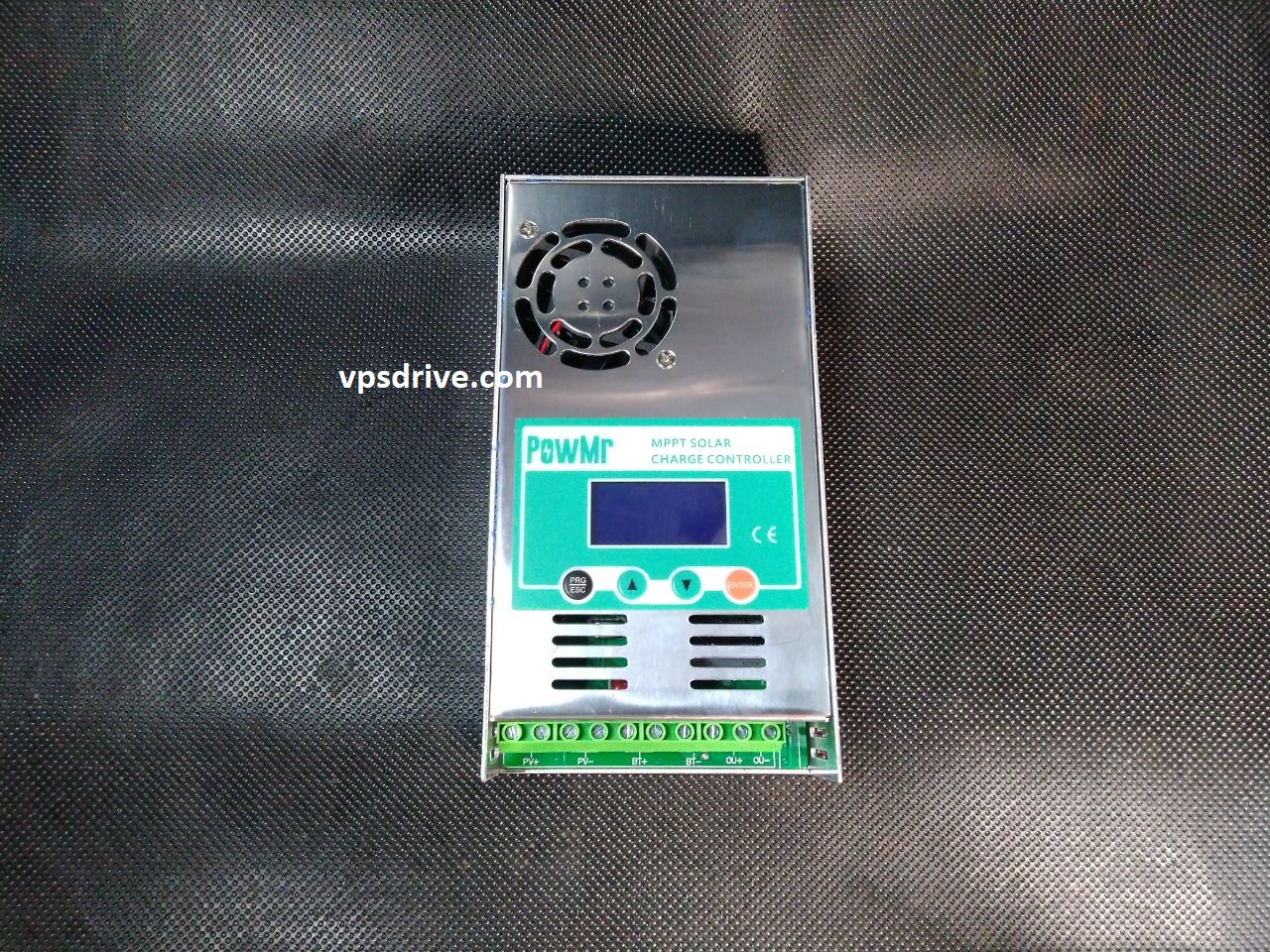
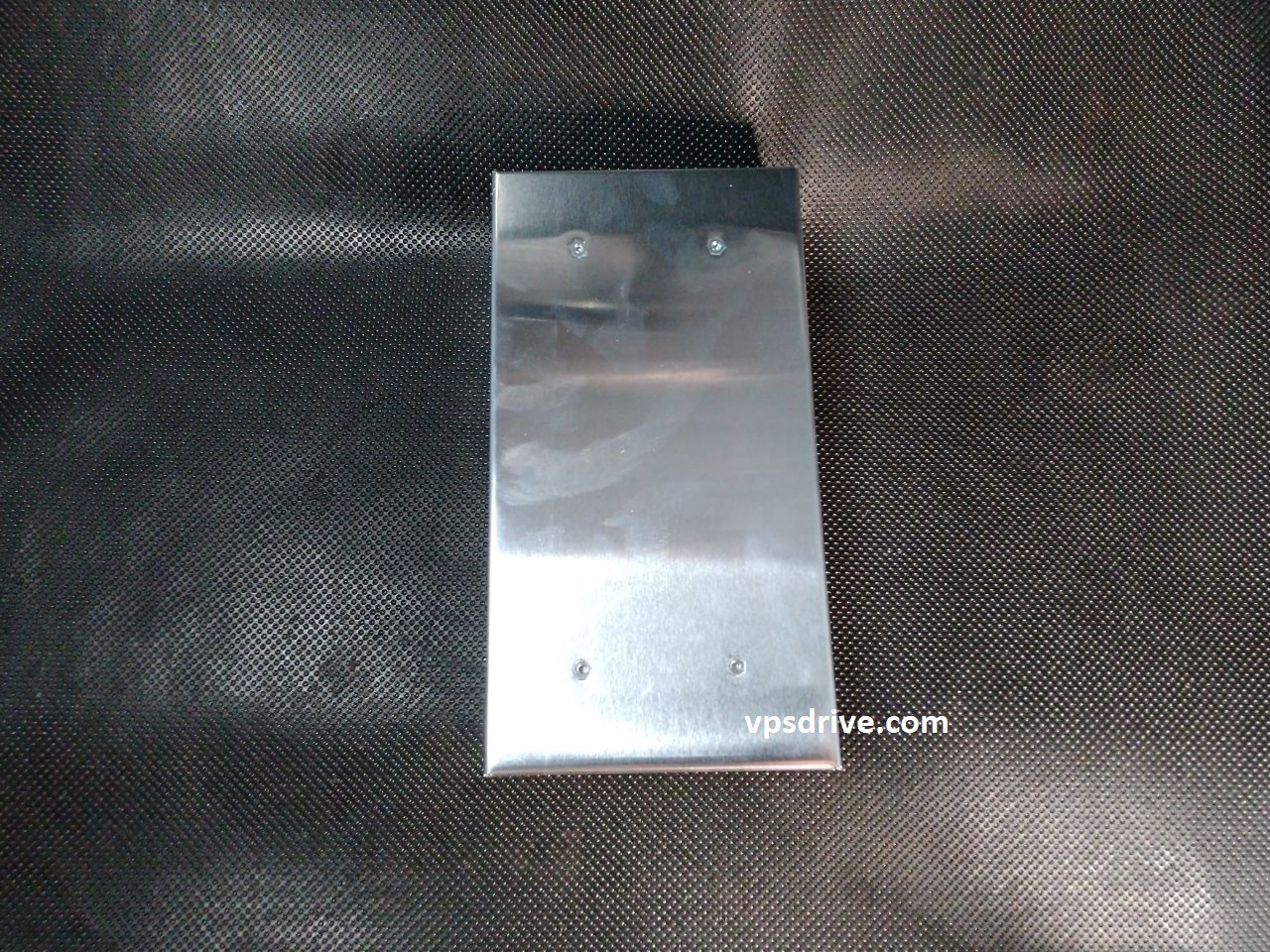
Using bolt connectors, two lines of solar panels and batteries can be connected. The two end contacts on the right are used to connect a load, such as small bulbs or LED strips, which will light up from the energy coming from the panels. However, in practice, it is better not to use these contacts to avoid loss of power going to the battery.
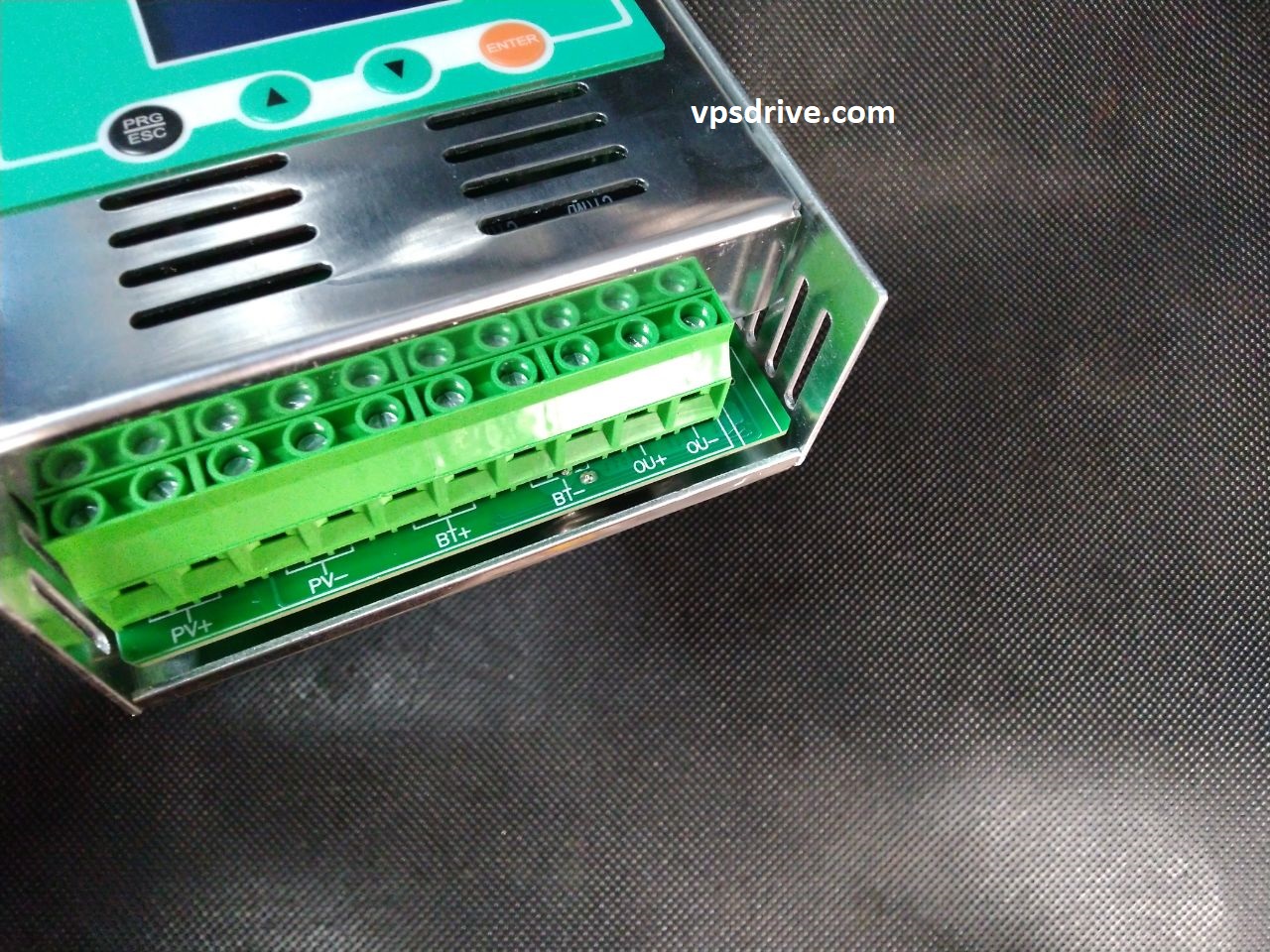
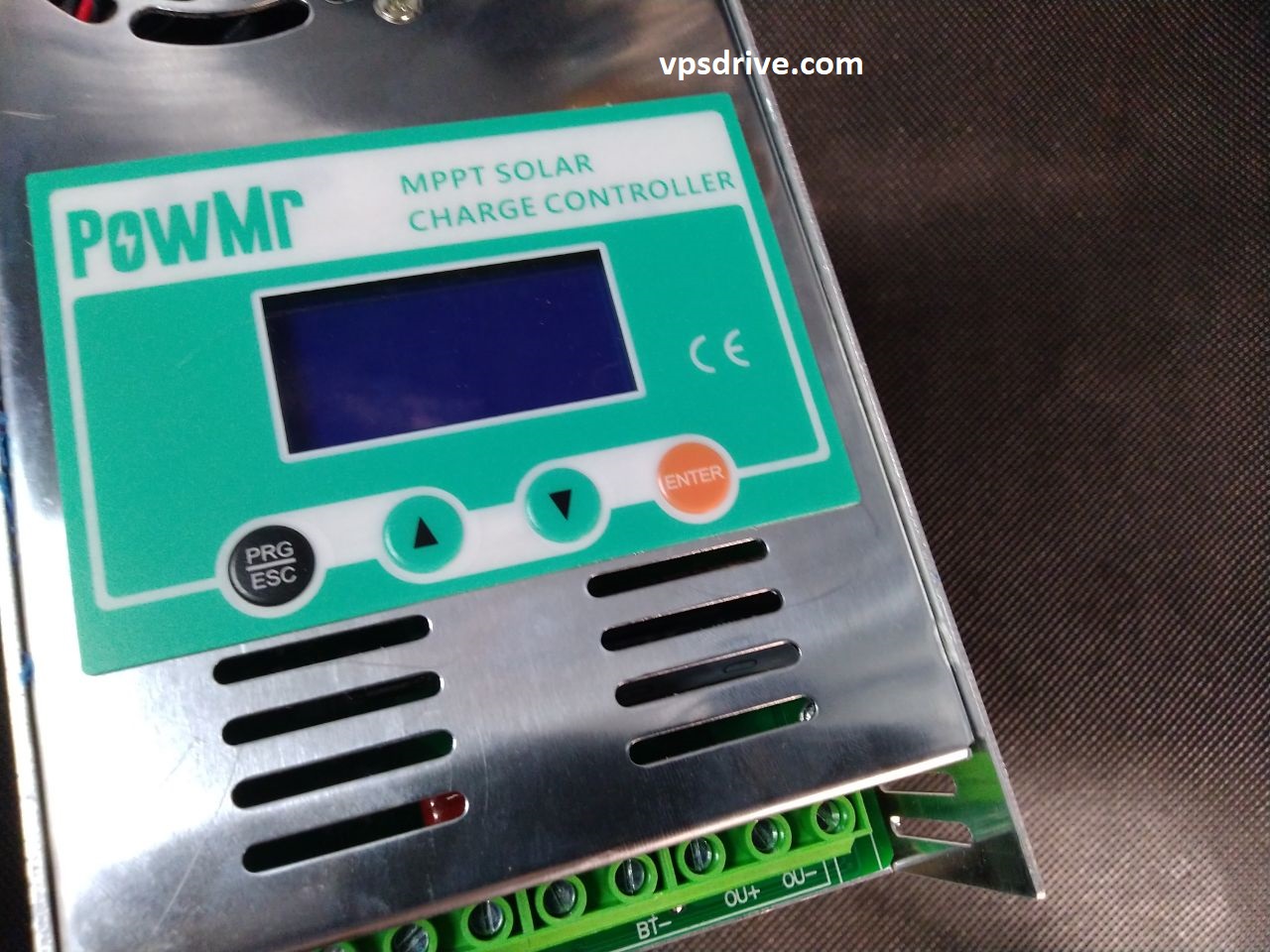
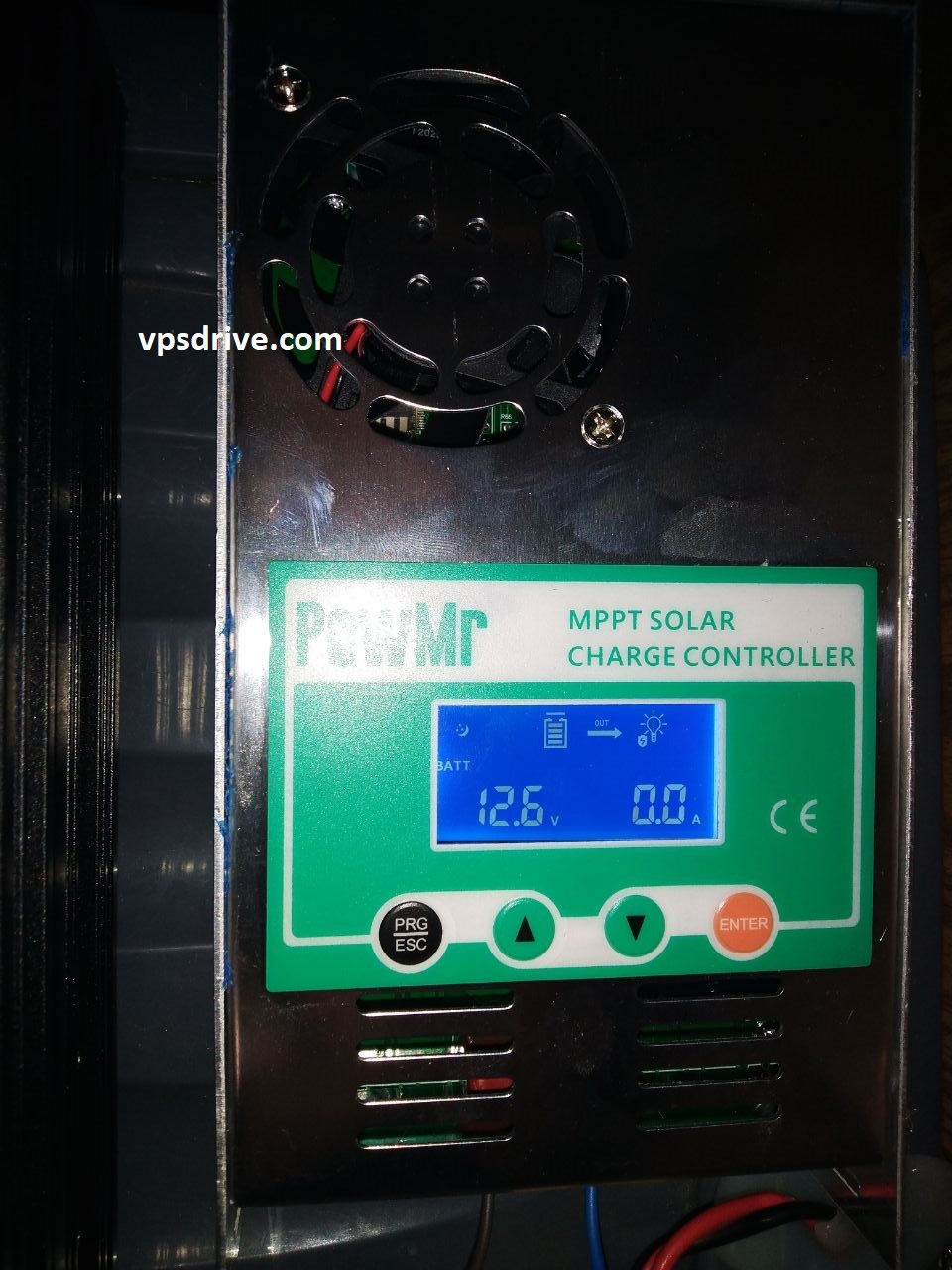
YouTube
Odysee
I bought this MPPT controller for solar power station here
